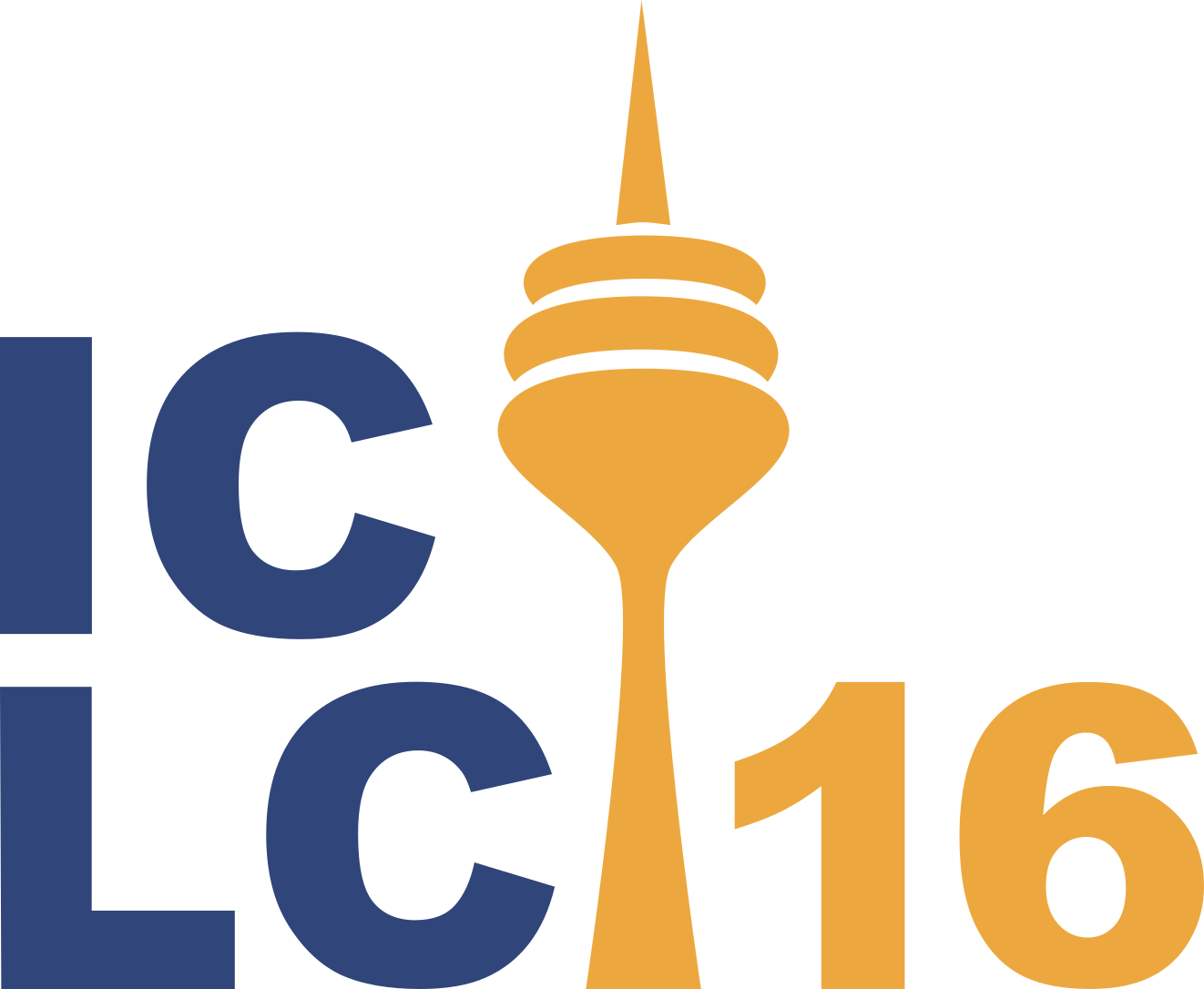Dylan Glynn, Olaf Mikkelsen, Piotr Wyroslak
The notion of the grammatical construction has emerged as one of the most important descriptive tools
and theoretical explanations for language structure in contemporary linguistics. Alongside the widespread
descriptive application of this approach, its theoretical underpinnings have diversified and now range
from highly modular formal models to entirely holistic and usage-based understandings of language. This
theme session brings together linguistic research that focuses on the descriptive, predictive and
explanatory adequacy of Construction Grammar as an analytical apparatus for examining language
according to the Usage-Based Model. The theory of Construction Grammar is intended as a loose
umbrella term to refer to non-modular, non-generative theories of grammar and the Usage-Based Model
as a function-driven, performance-based theory of grammaticality. The presentations will focus on two
issues:
Construction
While assuming the Usage-Based Model, what should be understood as a construction? What are the
“types” that we examine, what constitutes our dependent variable?
– Theoretically, how can the notion of construction be modelled and / or optionalised in a
cognitively plausible way?
– Descriptively, how can the notion of construction be used to predict language production and / or
account the grammars of individual languages?
Grammar
While assuming the Usage-Based Model, what should be understood as grammar? What is the
relationship between different constructions? How do constructions account for language structure?
– Theoretically, what kind of grammatical architecture do we believe a usage-based understanding
of Construction Grammar should entail, hierarchies, networks, mangroves or even non-discrete
emergent clusters spread across a manifold of usage events?
– Descriptively, how can we arrive at and evaluate different models of interconstructional structure
in a usage based way?
These two fundamental questions will raise issues as diverse as grammaticality and productivity,
entrenchment and creativity, frequency and salience, variation and complexity, and of course instance and
schema. However, ultimately all these issues can be understood as deriving from two fundamental
questions facing usage-based approaches to constructions: a lack of consensus on what constitutes a
construction and how those constructions are related in grammatical structure.
All the presentations in this theme session are committed to working through the descriptive and
theoretical implications of the Usage-Based Model, where structure is held to emerge from performance /
parole. The research presented is also equally committed to empirical rigour, necessitating the
falsifiability of claims and, where possible, quantification of analysis and results. The examination of
contextualised usage in the form of language corpora unifies the research methodologically.
Bibliography
Behrens, H. & Pfänder, St. (eds.). 2016. Experience Counts: Frequency effects in language. Berlin:
Mouton.
Bybee, Joan L. & Paul J. Hopper (eds.). 2001. Frequency and the Emergence of Linguistic Structure.
Amsterdam: Benjamins.
Dąbrowska, E. 2006. Low-level schemas or general rules? The role of diminutives in the acquisition of
Polish case inflections. Language Sciences 28: 120–135.
Dąbrowska, E. 2020. Language as a phenomenon of the third kind. Cognitive Linguistics 31: 213–229.
Dießel, H. 2021. Grammar Network: How linguistic structure is shaped by language use. Cambridge:
CUP.
Fillmore, Ch. et al. 1988. Regularity and idiomaticity in grammatical constructions: The case of let alone
Language 64: 501–538.
Goldberg, A. 2019. Explain me this: Creativity, competition, and the partial productivity of constructions.
Princeton: PUP.
Goldberg, A. 2006. Constructions at Work: The nature of generalization in language. Oxford: OUP.
Gries. St. Th. 2003. Multifactorial Analysis in Corpus Linguistics: A study of particle placement. London:
Continuum.
Hilpert, M. Germanic Future Constructions: A usage-based approach to language change. Amsterdam:
Benjamins.
Hoffmann, Th. 2014. Preposition Placement in English: A usage-based approach. Cambridge: CUP.
Hopper, P. 1987. Emergent grammar. Berkeley Linguistics Society 13: 139–157.
Lakoff, G. 1987. Women, Fire, and Dangerous Things: What categories reveal about the mind. London:
UCP.
Langacker, R. 1987. Foundations of Cognitive Grammar. Vol. 1. Theoretical prerequisites. Stanford: SUP.
Petré, P. & Anthonissen, L. 2020. Individuality in complex systems: A constructionist approach.
Cognitive Linguistics 31: 185-212.
Schmid, H.-J. 2020. Dynamics of the Linguistic System. Usage, conventionalization, and entrenchment.
Oxford: OUP.
Schmid, H.-J. (ed.) 2017. Entrenchment and the Psychology of Language Learning. How we reorganize
and adapt linguistic knowledge. Berlin: Mouton
